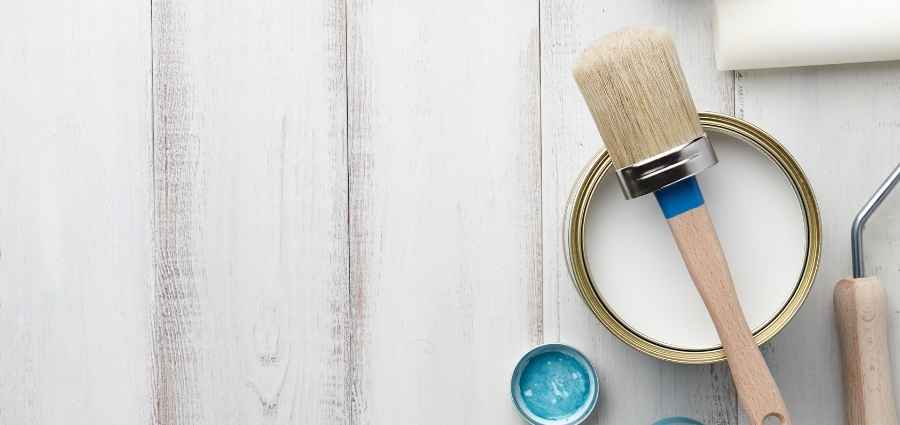Is Polywood Worth It? Pros and Cons
Buying Polywood furniture is a big upfront cost that many people want to know if it’s worth their money.
There are a lot of things you need to consider before making the decision of whether or not Polywood furniture is worth it, money-wise.
I researched this matter and this article is my findings on if Polywood furniture is worth it or not.
Table of Contents
What Is Polywood?
Polywood is a product made from HDPE or “high-density polyethene”, which is used to create containers, bottle caps, milk jugs, etc, UV-inhibited pigment systems, which reduce fading, selected process additives, and foaming compounds.
To produce Polywood, the recycled materials are subjected to a decontamination process to a high purity level, then compounded into a firm, rigid board material.
Polywood vs Wood
Wood furniture has been celebrated because of the texture, warmth, and character of its natural grain and tones. But with the emergence of Polywood, wood is no longer the only choice for outdoor furniture. As Polywood is made from recycled milk jugs and containers, it does not only preserve the number of trees but reduces pollution, unlike woods that are literally made from cutting forest trees that result in deforestation.
Most Polywood are waterproof, eliminating the possibility of bacteria and substances probing in your chairs. Wood, on the other hand, can split and swell once the water damages the wood finishes, and seeps inside.
Polywood has UV-inhibited pigment systems, which make its colors appear timeless and smooth. Conversely, wood is akin to human skin, penetration of UV light may damage the chemical bonds of wood and produce discoloration.
Wood furniture owners may have to spend extra bucks for hiring a craftsman to restore the original colour and for buying a protective topcoat that can resist colour change for some time. Moreover, because of the organic composition of traditional wood, it can deteriorate substantially as the years go by.
Benefits of Polywood
Most people know that wood is a strong material, but do you know the benefits of Polywood furniture? In this section, we’ll take a look at why Polywood furniture is such a popular choice.
Maintenance
Polywood requires very little maintenance at all. Sanding, coating, and painting Polywood are also unnecessary as the colours do not fade over time. All it takes to clean Polywood is to splash it with water and soap. For tough stains, it is best to mix a small part of bleach with two parts water and a soft-bristled brush.
Resistance to Corrosive Substances
Salt sprays, oils, fuels, chemicals, and moisture are powerless to all Polywood furniture. The Polywood material resists wear and tear, and does not crack, break, warp nor splinter. In addition, because it is made from 99% recyclable plastic, it does not attract insects and termites, and the durability of the plastic prevents animals from chewing the furniture pieces.
Durability
Polywood can withstand any temperature without having a breakdown and can maintain its premium quality under harsh weather conditions. To put it simply, it can withstand anything nature throws its way.
Versatility
Polywood can be transformed into any shape to fit your preferred design of furniture. It can become a chair, table, bench, poly lumber, etc. suited for home and outdoor furniture.
There is also a wide range of colors and textures to choose from – smooth surfaces, wood-like appearance, earthen browns, bright red, and charcoal marble to name a few.
Style and Design
Given that the Polywood material exhibits versatility in nature, Polywood furniture offers impressive style and design to add sophistication, elegance, brightness, and energy to your space.
Environment Friendly
Polywood is 99% made from recycled plastic containers, bottles, and jugs. This results in reduced toxic waste production, reduced demand for wood, and an increased source of nonrenewable materials and energy. On top of this, because the majority of the plastic is being recycled, Polywood reduces ocean plastic pollution – saving marine life.
Disadvantages of Polywood
Many homeowners have been asking whether they should use Polywood or not. The answer to that question is easy. Polywood has many advantages but just like everything else, there are also disadvantages.
Rigid
HDPE is so rigid that your furniture will not be able to conform to the shape of your body. Over time, you might find yourself uncomfortable sitting in your Polywood chairs for longer periods.
Along with this, the darker the colours of your Polywood furniture are, the more it can retain heat especially when it is exposed to the sun.
Although the sun will not damage your furniture, the heat may be transferred to your body when you sit down on it. In such cases, it is recommended to cover your furniture with a towel first.
Expensive
Because of its impressive strength-to-density ratio, Polywood is relatively more expensive than plastics and may be considered heavy.
Cost of Polywood Furniture
The prices of outdoor Polywood furniture can range from $200 to $3,000 online stores. The prices vary based on size, design, colour, and surface texture. As they always say in the world of economy, “higher price is equal to a higher quality”.
Conclusion
In conclusion, Polywood is definitely a great product sold at a very appealing price. As an alternative to wood furniture, Polywood is durable, strong, lightweight and UV resistant. This material also has the advantage of requiring minimal care and maintenance.
If you are like me who have no intentions of cutting down valuable trees just to use for your furniture you should consider this alternative. It is clear at this point that Polywood will soon become the best choice in outdoor furniture replacement.



